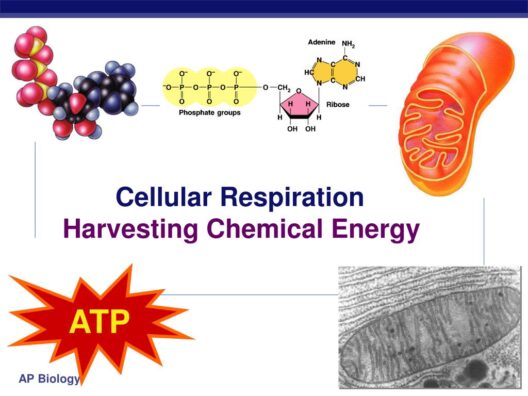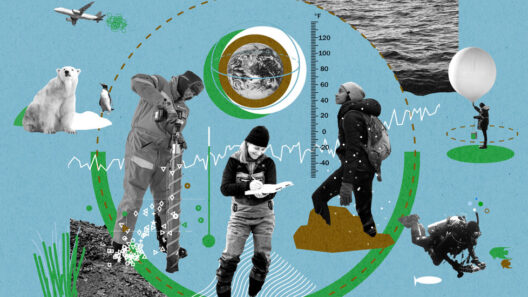Methane emissions pose an insidious threat to our planet, overshadowed by the more ubiquitous discussions around carbon dioxide (CO2). While CO2 has garnered most of the public discourse regarding climate change, the reality is that methane, with its staggering potency, demands our attention. Understanding the implications of methane emissions is vital to addressing climate change comprehensively and effectively.
Methane (CH4), a colorless and odorless gas, is the second most prevalent greenhouse gas in the atmosphere today. Its global warming potential is substantial, being approximately 28 times more effective than CO2 over a 100-year time frame. This stark difference underscores why methane deserves a spotlight. Unlike CO2, which can linger in the atmosphere for centuries, methane has a shorter atmospheric lifespan of about 12 years. This characteristic brings both vulnerability and opportunity; while it dissipates faster, the immediate impacts of methane emissions are profound and alarming.
The principal sources of methane emissions are multifaceted, encompassing activities across various sectors. Agricultural practices, particularly livestock production, contribute a significant proportion. Ruminants like cows produce methane during digestion, a process known as enteric fermentation. Additionally, manure decomposition and rice cultivation also release notable amounts of methane. In the energy sector, natural gas extraction and transportation are notorious for methane leaks. Fossil fuel infrastructure, including pipelines and storage facilities, can emit substantial quantities of this potent gas. Each of these sources illustrates that addressing methane emissions requires systemic changes across diverse sectors.
Furthermore, it is critical to consider the global scale of methane emissions. According to the Global Methane Pledge, countries around the world are recognizing the need to curb methane emissions by 30% by 2030, compared to 2020 levels. This initiative highlights the urgency and collective responsibility to tackle methane emissions head-on. As countries collaborate, there lies potential for innovation in methane reduction technologies and management practices, from enhancing livestock diets to prevent methane production, to seeking alternatives in how we produce energy from fossil fuels.
Why, then, does methane receive less attention than CO2? One factor may be the complexity of methane’s sources and mitigation strategies, which require interdisciplinary approaches and innovations that can be difficult to implement universally. Furthermore, atmospheric science has historically focused on CO2, leaving methane to linger in the background. Yet the urgency to shift this paradigm has never been clearer. To mitigate climate change effectively, we must embrace a more holistic view of greenhouse gases, understanding that methane’s contribution warrants immediate action.
The ramifications of failing to address methane emissions extend beyond atmospheric considerations. Methane has a direct influence on air quality, as its atmospheric reactions produce ground-level ozone, a harmful pollutant known to have adverse health effects, including respiratory issues and cardiovascular disease. Urban areas, often housing vulnerable populations, are especially susceptible to the effects of ozone linked to methane. Thus, reducing methane emissions can yield dual benefits: improving air quality and combating climate change.
The potential for mitigating methane emissions also offers a tantalizing prospect for reducing climate risk. Initiatives focused on methane capture—such as from landfills or agricultural practices—enable the reuse of this gas for energy. Technologies like anaerobic digesters convert organic waste into biogas, which can then be used as a renewable energy source. This transition towards circular economy practices helps to align waste management with energy production, fostering sustainability and resilience in our systems.
Education and awareness are paramount in shifting the focus toward methane emissions. Communities need to understand the implications of their consumption habits, especially regarding meat and dairy, as well as the role of fossil fuels in energy production. Engaging agricultural stakeholders, energy producers, and consumers creates a comprehensive approach to reducing methane emissions. Moreover, empowerment through information helps catalyze grassroots movements and consumer demand for sustainable practices.
In industries reliant on fossil fuels, innovative technologies for detecting and repairing leaks are becoming imperative. Utilizing advancements such as satellite surveillance and drone technology allows for real-time monitoring of methane emissions. This type of technological intervention provides companies with tools to manage emissions effectively while also appealing to increasingly environmentally-conscious consumers.
In conclusion, tackling methane emissions is not merely a supplementary aspect of climate action; it is a crucial undertaking that can significantly contribute to the reduction of global warming. By mitigating methane emissions, we can address air quality concerns, enhance public health outcomes, and embrace sustainable practices across multiple sectors. The necessity of prioritizing methane emissions calls for a paradigm shift in our understanding of greenhouse gases. It is time to recognize this critical climate threat—a shift that can echo through policy decisions, technological advancements, and individual actions, paving the way for a healthier planet for future generations.








